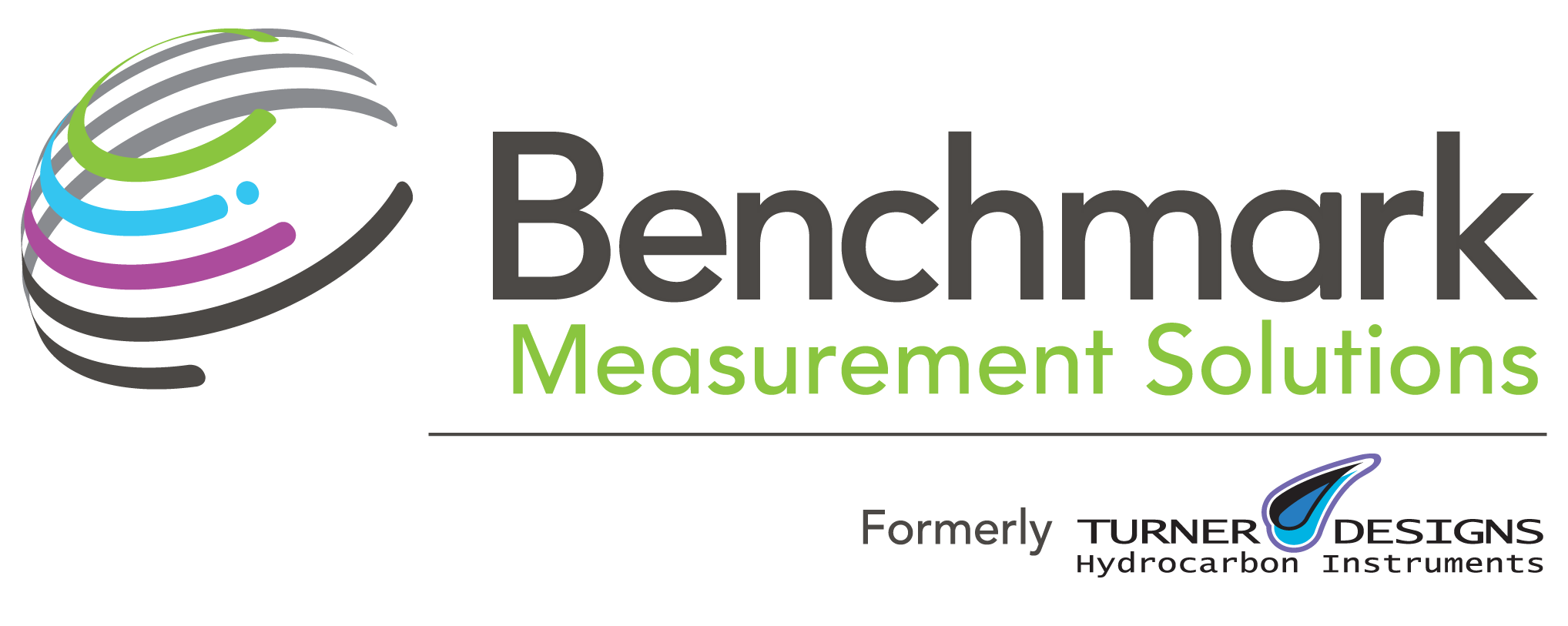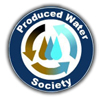The Situation
A major pipeline company has large storage tank farms throughout the Western States. The pipeline company transports, stores, blends additives, and distributes gasoline, diesel, and jet fuel to retail service stations and airports. Due to the quantity and movement of fuel at these facilities, there is always the potential for fuel spills. These facilities prevent out of compliance discharge by capturing all stormwater in storm drains, which is then sent to treatment systems prior to discharge. At some sites, groundwater from ongoing remediation is mixed with stormwater at the treatment system prior to local discharge.
The Problem
The challenge requires developing a system or program for continuous uninterrupted pollution prevention and environmental discharge compliance. Traditional grab or batch sample analysis is not a viable option for continuous discharge programs. It only provides snapshot status of a treatment system’s performance, it is highly prone to missing upsets and it carries the burden of recurring laboratory costs.
Previous continuous online measurement and detection of fuel in water has been difficult. The difficulty was the need to detect fuel in water at 1 ppm for discharge compliance at these facilities. Fuel at or below concentrations of 1 ppm is, physically, fully dissolved in the water. Turbidity, ultrasonic, and light scatter oil in water monitors cannot detect dissolved hydrocarbons in water. Optical instruments called fluorometers can “see” dissolved petroleum hydrocarbons in water, and at very low concentrations. The TD-4100, a fluorometry based monitor, can measure and detect ppb to ppm for both dissolved and dispersed aromatic hydrocarbons in water.
The Solution
Continuous discharge requires continuous monitoring. The pipeline facility chose a Benchmark TD-4100 series continuous online monitor to verify treatment of contaminated stormwater runoff.
Although the technology used at each site is unique, a typical treatment system utilizes large tanks for primary fuel/water separation. The water from the storage tanks is then treated with two activated carbon beds and a “polish” or cleaning is performed with an ozone treatment system. The TD-4100 typically monitors treated water between carbon beds.
The TD-4100 was configured with a mixed fuel filter kit, which permits the detection and measurement of gasoline, diesel, and jet fuel in water. The monitor now provides continuous uninterrupted analysis of their treated water. The TD-4100 is calibrated to report concentration units for fuel at a high alarm level of 1 ppm and serves as a treatment verification tool to maintain discharge permit compliance.



